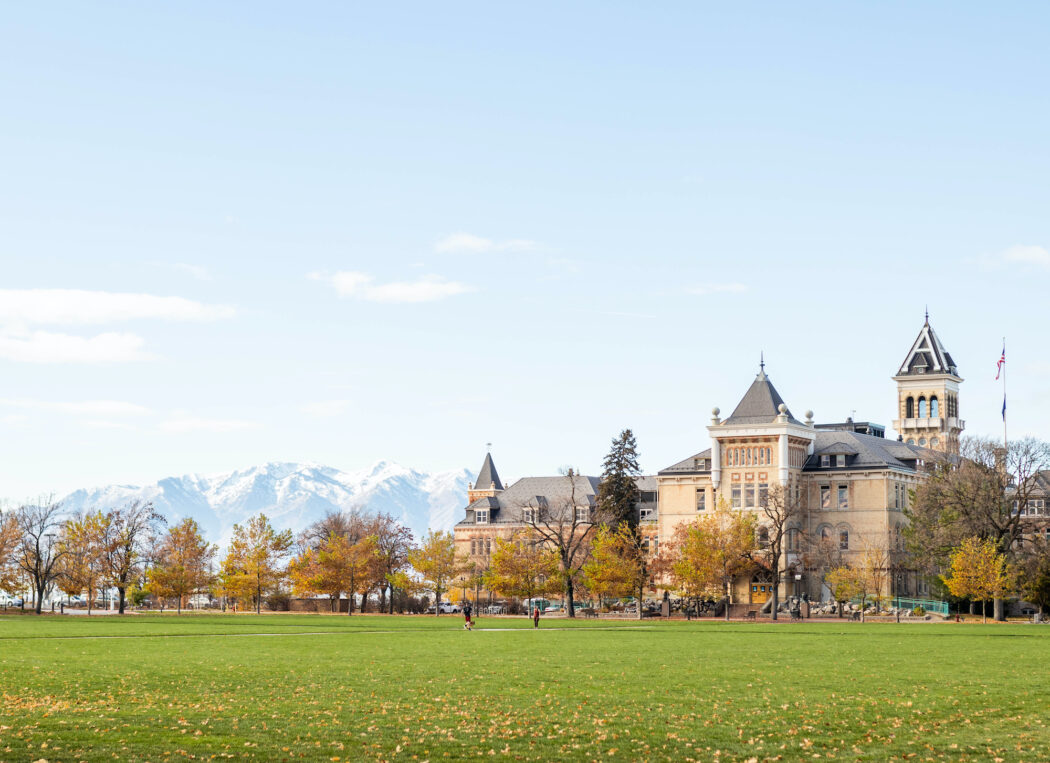What is a land-grant institution?
Utah State University, a land-grant university, was founded to provide agricultural and industrial higher education to the rural working-class population of the surrounding area. USU aims to provide public, educational, research-based resources to benefit the communities within the state.
There are land-grant colleges and universities in every state, and 112 throughout the entire country. 19 of these colleges and universities are historically Black and 33 are historically tribal.
Land-grant institutions bestow educational resources available to the public on a variety of topics such as agriculture, natural resources, business and community, food, health and wellness, gardening, personal finance and more.
Samuel Johnson, the manager of the USU Kaysville Research Farm, oversees agricultural research that is replicated across growers in the state to benefit Utah farmers.
The research farm studies produce genetics, fertilizer, soil fertility, farming cost efficiency and eco-friendly farming practices.
“The farm gives people the opportunity to see agriculture alive and important,” Johnson said in an interview over the phone. “The Kaysville Research Farm is surrounded by an urban environment that has grown rapidly over the last decade. The U.S. develops the most food around the world. Investing in agriculture is important because agriculture is one of the oldest sciences that founded the principles of the technological revolution, improving a better quality of life, benefits locals, and is more economically sustainable,” Johnson said.
Land-grant universities are institutions designated by Congress to receive the benefits of the Morrill Acts of 1862, 1890 and 1994, meaning the federal government designated land and funding for these institutions to operate on.
The function of land-grant institutions is to provide public benefit, but according to Alejandro Carrasco, a Native American student at USU Logan, it is important to acknowledge the history of land-grants.
Residents of Utah live and work on the land of the Confederated tribes of the Goshute Indians, Navajo Nation, Ute Indian Tribe, Northwestern Band of Shoshone, Paiute Indian Tribe of Utah, San Juan Southern Paiute, Skull Valley Band of Goshute and the White Mesa Band of the Mountain Ute.
“Not my tribe — but this area is composed mostly of Shoshone, I know Blackfoots are around here too — and now, if you wanted to build somewhere to use the land-grant, you would want land that was good for agriculture,” Carrasco said. “In order to do that, you have to displace this area that was used by them to do the same things you’re doing.”
November is Native American Heritage month. Carrasco said USU students can honor Native American Heritage month by respecting the land.
“You live on the land,” Carrasco said. “Don’t be acting crazy and destroying everything. Learn about the local tribal history. Visit nature and historical sites. Figure out what used to be here. Native American Heritage is very diluted, as far as people that know their lineage. Realize tribal ancestry and recognize history of white ancestors.”

